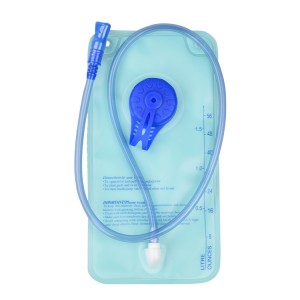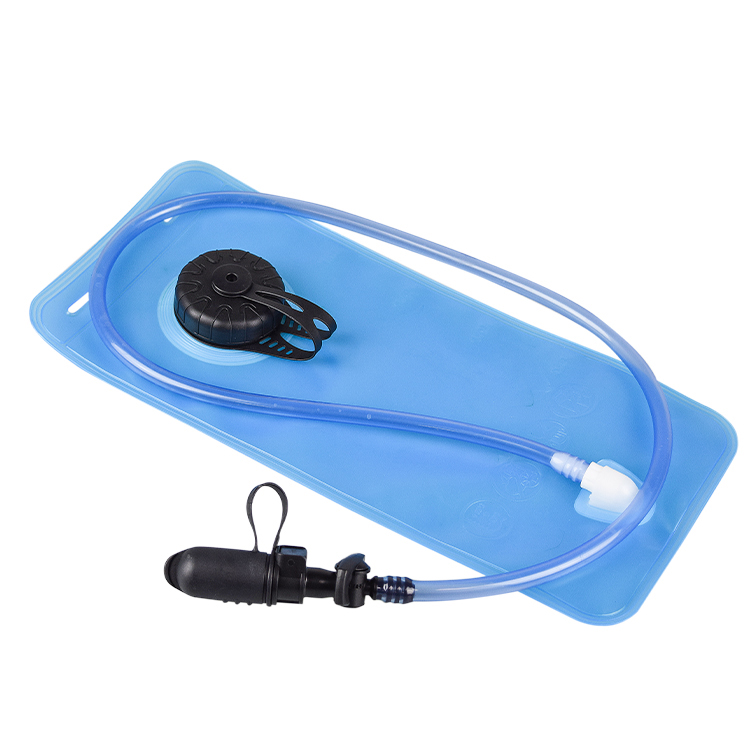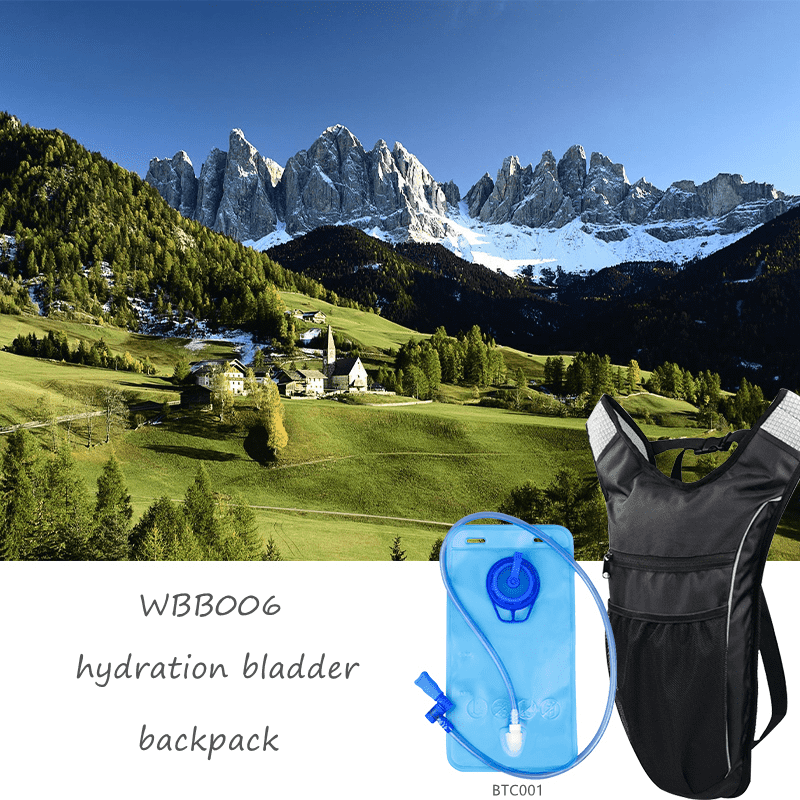Water bladder is flexible, collapsible containers that are designed to hold and transport water. They are widely used in various industries and activities such as hiking, camping, military operations, and emergency response.
Materials Used
The most common material for making water bladders is polyethylene, a type of plastic known for its durability and flexibility. High-density polyethylene (HDPE) is typically used for the inner layer, while low-density polyethylene (LDPE) is used for the outer layer. These materials are chosen for their ability to withstand pressure and resist punctures, tears, and UV rays.
Other materials used in the production of water bladders include nylon or polyester fabric, which is used for reinforcement and durability, and polyurethane films or coatings, which provide an extra layer of protection against abrasions and chemicals.
Production Process
The production process of water bladders involves several stages, including designing, cutting and sealing, welding, and quality control.
Designing
The first step in producing a water bladder is designing. During this stage, the shape and size of the bladder are determined based on intended use and customer requirements. The design also includes features such as spouts, handles, and attachments for filling and emptying the bladder. The design should also ensure that the bladder can be easily folded and carried when not in use.
Cutting and Sealing
After the design stage, the production process begins with cutting and sealing the materials. The HDPE and LDPE sheets are cut into the desired shape and size, using large automated cutting machines. The fabric and polyurethane materials are also cut and prepared for the reinforcement and coating layers.
The next step is sealing the materials together to create the bladder’s outer and inner layers. This is done using a heat sealing process, where the edges of the HDPE and LDPE sheets are melted and fused together to create a watertight seal. This process ensures that the bladder can withstand the pressure of the water without any leaks.
Welding
Once the outer and inner layers are sealed together, the welding process begins. This involves joining the fabric and polyurethane layers with the outer and inner layers using heat and pressure. This creates a strong and durable bond between all the layers.
The welding process is usually done using high-frequency welding machines, which produce intense heat to melt the materials together. This process is essential as it strengthens the bonding between the layers and ensures that the bladder can withstand rough handling and extreme conditions.
Quality Control
After the welding process, the water bladder goes through a series of quality control checks to ensure that it meets industry standards and functions properly. First, the bladder is pressure tested to ensure that there are no leaks or weak points. Then, it undergoes a thorough inspection for any defects or imperfections.
If any issues are found, the bladder is sent for repairs and then goes through the quality control process again before it is deemed ready for use.
Types of Water Bladders
There are different types of water bladders, each with its unique features and uses. Some of the most common types are:
1. Stand Up Water Bladders
Stand-up water bladders are designed for easy handling and storage. They have a flat bottom and can stand up on their own when filled with water. These are often used for camping and emergency response situations.
2. Collapsible Water Bladders
Collapsible water bladders are designed to be folded and carried when not in use. They are made from lightweight materials and are ideal for hiking and other outdoor activities where space and weight are crucial factors.
3. Pillow Water Bladders
Pillow water bladders are designed to be placed under a mattress or in a vehicle for emergency water storage. They have a narrow and elongated shape, making them easy to store in tight spaces.
4. Onion Water Bladders
Onion water bladders have a bulbous shape that resembles an onion. They are often used for storage and transport of large quantities of water and are commonly used in military operations.
5. Customized Water Bladders
Apart from these common types, water bladders can also be customized according to specific requirements. Customization options include specialized attachments, different sizes and shapes, and even branding and labeling.
Benefits of Using Water Bladders
Water bladders offer numerous benefits compared to other water storage containers. Some of the significant advantages include:
1. Portability
As mentioned earlier, water bladders are designed to be lightweight, foldable, and easy to carry. This makes them the ideal choice for outdoor activities, emergency response situations, and military operations, where portability is crucial.
2. Space-Saving
Water bladders can hold a large amount of water while taking up minimal space. This makes them great for storing water in small boats, vehicles, and other tight spaces.
3. Durable and Reliable
The materials and production process used in making water bladders make them highly durable and reliable. They can withstand rough handling, extreme weather conditions, and exposure to UV rays, making them the go-to choice for outdoor activities and emergency situations.
4. Easy to Clean and Maintain
Water bladders are easy to clean and maintain. They can be rinsed and dried quickly, making them a sanitary choice for storing drinking water.
SBS SIBO was founded in 2003 and is a leading professional manufacturer of bags and sports outdoor products with years of production experience. Our main products include Soft Cooler,Waterproof bag & backpack,Shower water bag,Sports water bottle,Fishing Tackle & Tool Box,Waterproof duffel bag,Hydration bladder, etc. We have our own R&D department to provide you with product customization services. Provide personalized products and customer-oriented comprehensive solutions based on the customer’s brand style. We have a comprehensive R&D system and the ability to transform your creativity into excellent products.
We also have a national level professional laboratory, and all products, including raw materials, have been tested. At the same time, it is equipped with a quality department, and the finished products are inspected by the quality department. All products of the company have passed the latest international environmental protection requirements of the country and the international European Union. Environmental certifications such as EN71, FDA, LFGB, BPA, 6P, PAHS, etc.
Post time: Mar-28-2024




